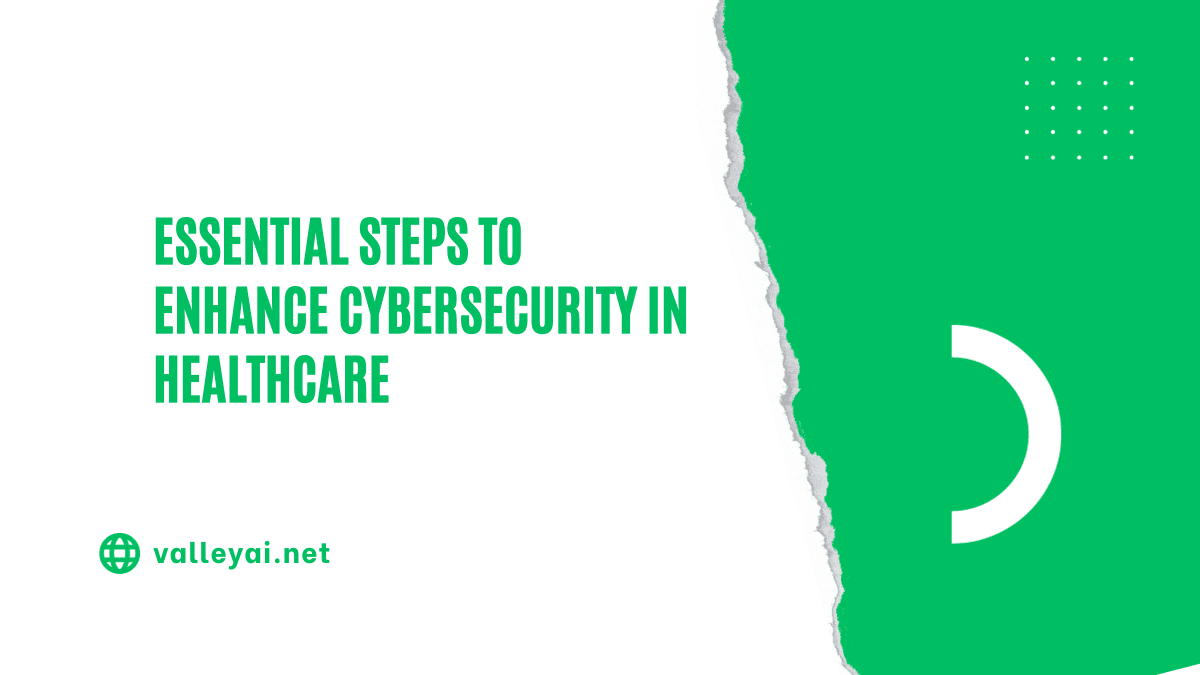Healthcare organizations need to make cybersecurity a top strategic priority. They must create plans to detect, respond to, and recover from cyberattacks. They must protect their networks by implementing strict access controls and least-privilege principles. They need to train their employees on best practices. They need to inventory their network-connected devices accurately.
Invest in Security
Healthcare organizations face a unique set of security challenges. They must balance safeguarding patient data with providing high-quality care to patients. They must also meet a dizzying list of complex and overlapping regulatory requirements such as HIPAA, GDPR, CCPA, and state laws. Moreover, the proliferation of connected devices has increased healthcare networks’ attack surface and complexity.
Hackers now target IT systems, including IoT and other connected medical devices, and critical cyber-physical systems that can impact patient safety and quality of care. A single data breach can be devastating for healthcare organizations.
Therefore, cybersecurity in healthcare is essential. Healthcare organizations must rethink their approach to cybersecurity and take multiple layers of security measures seriously.
The first step is to invest in security measures suited for healthcare environments. These include using strict access control and least privilege and implementing solid forms of authentication. Then, healthcare organizations should assess their clinical environment to identify vulnerabilities and risk factors.
Encryption
Healthcare institutions must ensure patient data security in the face of growing cyberattacks. Hackers may steal personal information, hold medical devices hostage for ransom, and damage equipment and networks.
The ramifications of these attacks have far-reaching effects on individuals and the economy, but they also put people’s lives at risk in some cases. Encryption is the most crucial step in improving cybersecurity to protect sensitive data and systems from malicious activity.
Medical staff should know how to use a medical device securely and be educated on cyberattack techniques and best practices for protecting data when working remotely. The healthcare industry must also address the fact that it has a legacy system footprint. These outdated systems may need security patches or updates to combat current threats. They are an attractive target for hackers, offering a gateway into a healthcare network.
As a result, it is vital to implement strong authentication measures while securing access to application systems and data and implementing a robust monitoring system that can detect and respond to threats in real time.
Monitoring
Ensure your healthcare organization is prepared for cyberattacks by establishing robust real-time monitoring systems to detect, respond to, and prevent them. It is also essential to regularly review and enhance your cybersecurity protocols based on new threats. Insist on solid passwords, single sign-on, and two-factor authentication for all employees.
Limiting who has access to what information—for example, only giving a billing specialist access to patient records and not physicians—can reduce the number of unauthorized downloads of sensitive data that could be used for ransom payments or sold on the black market.
A purpose-built cyber-physical security solution and an enterprise-wide commitment to cybersecurity can be the best defense against digital attacks that threaten your business operations and patients’ safety.
Automation
Healthcare cybersecurity is no longer just about securing data. It’s about securing connected medical devices and critical cyber-physical systems, too. As healthcare organizations (HDOs) increasingly leverage telehealth, remote patient monitoring, and other connected care delivery technologies, they are bringing together Internet-connected information technology (IT) systems with previously “air-gapped” clinical networks, systems, and devices. This creates new points of vulnerability for hackers.
As healthcare workers struggle to keep up with demands, automation measures can help to reduce manual processes and improve productivity. However, concerns about job losses are expected when automated solutions are deployed. A genuinely automated solution should allow staff members to focus on therapeutically essential tasks rather than administrative duties that often fall outside their expertise. Research consistently shows that fully automated systems also boost staff satisfaction.
The key is to identify all devices in a hospital network and ensure they have been properly configured and patched. Additionally, it’s essential to implement application allowlisting to ensure that only those applications that should be running can run. This can help to mitigate the risk of unauthorized devices being added to a healthcare organization’s IT environment.
Training
Healthcare organizations must take robust cybersecurity measures to safeguard patient information, maintain business continuity, and protect the integrity of connected systems. Hospitals can reap the benefits of digital development while mitigating patient risks with an enterprise-wide commitment to cyber safety, purpose-built security solutions, and robust cybersecurity policies.
One of the biggest healthcare cybersecurity challenges is legacy system vulnerability. These systems are typically no longer supported by the manufacturer and can’t be updated with the latest cybersecurity patches. This makes them a prime target for hackers. Training all employees on cybersecurity awareness, regardless of position, is vital. They should be taught about hacking methods, phishing attacks, and best practices for protecting data in the workplace. Many medical facilities use real-life phishing examples to teach employees to identify suspicious activity.
In addition to training employees, healthcare facilities must regularly perform risk assessments to identify potential vulnerabilities and threats. They can then prioritize their medical cybersecurity efforts accordingly. They can also strengthen their cybersecurity measures by implementing updates, removing outdated software, and limiting access to sensitive data with privilege escalation.
- SaaS Growth Strategies: A Complete Guide for Long-Term Success - May 18, 2025
- How Data Science Is Powering Business Decisions in 2025 - April 17, 2025
- The Future of Data-Driven Networking: Trends and Innovations - March 12, 2025

